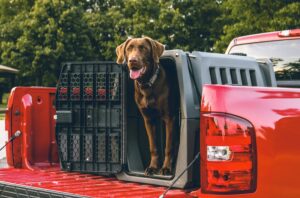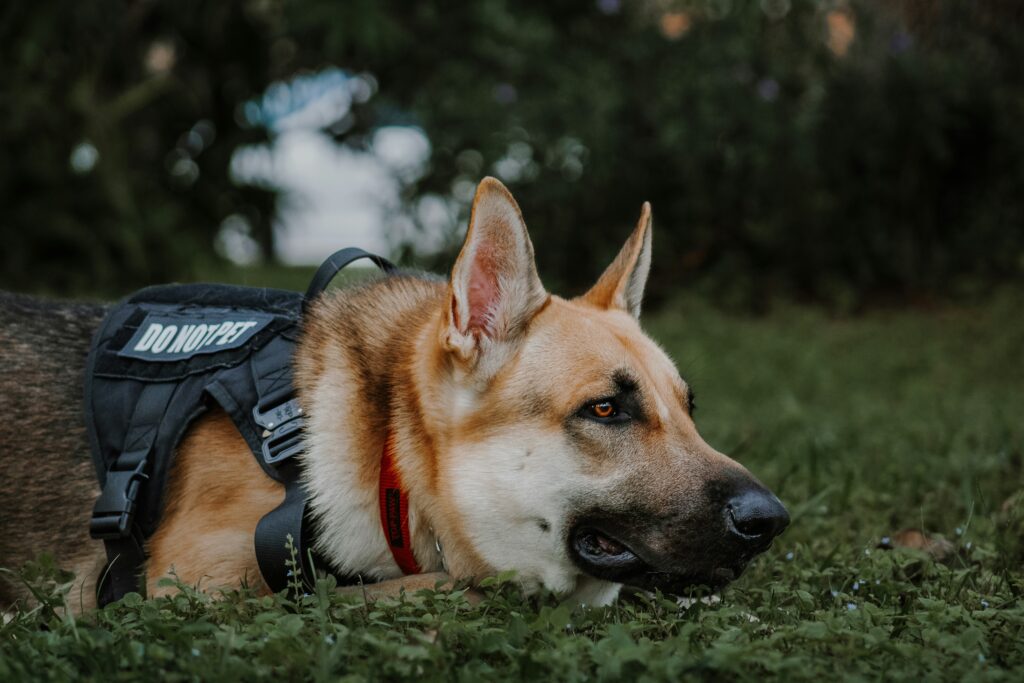Guiding Lights: Service Dogs Who Change Lives
They walk quietly beside us — steady, watchful, and ready. Service dogs aren’t just pets; they’re lifelines, helping people navigate a world that can be unpredictable, overwhelming, or even dangerous.
Behind each pair of focused eyes and wagging tail is a story of training, trust, and transformation — a story that proves how deeply connected humans and dogs truly are.
From guiding those who are visually impaired, to detecting blood sugar changes in diabetics, to calming veterans with PTSD, service dogs embody the best of canine intelligence and empathy. They are guiding lights — and for many, they quite literally change the course of life itself.
The Many Jobs of a Service Dog
The term “service dog” covers a wide range of roles, each requiring specialized training and unmatched dedication. Let’s explore some of their most extraordinary jobs:
🦮 Guide Dogs for the Visually Impaired
Perhaps the most recognizable type of service dog, guide dogs lead individuals who are blind or visually impaired safely through their daily routines. These dogs learn complex tasks: avoiding obstacles, stopping at curbs, recognizing doorways, and even disobeying unsafe commands.
They don’t just provide mobility — they restore independence, confidence, and dignity.
🐾 Hearing Dogs
For people who are deaf or hard of hearing, hearing dogs serve as attentive companions who alert their owners to sounds they might otherwise miss — doorbells, alarms, a baby crying, or someone calling their name. A gentle nudge or paw tap is all it takes for communication to bridge the silence.
❤️ Medical Alert Dogs
Medical alert dogs use their powerful sense of smell to detect chemical changes in the body. They can sense low blood sugar, oncoming seizures, or even heart rate fluctuations — sometimes minutes before they happen. Their early warnings give owners precious time to act, often saving lives.
💪 Mobility Assistance Dogs
For individuals with limited mobility, these dogs become an extension of the person’s body — retrieving dropped items, opening doors, pressing elevator buttons, or even pulling a wheelchair. Their strength is matched only by their gentleness.
🧠 Psychiatric and PTSD Support Dogs
These incredible dogs help those living with post-traumatic stress disorder, anxiety, depression, or other mental health challenges. They’re trained to recognize panic attacks, wake people from nightmares, or create a physical barrier in crowds. For many, they offer a calm, grounding presence when the world feels too heavy.
 From Puppy to Professional: The Journey of a Service Dog
From Puppy to Professional: The Journey of a Service Dog
It takes two years or more of intensive training for a puppy to become a certified service dog — and not every pup makes the cut. Only the most focused, confident, and adaptable dogs graduate into this elite group.
The process typically includes:
-
Early Socialization – Puppies are exposed to busy environments, loud noises, and various people and animals to help them stay calm in any situation.
-
Basic Obedience Training – Learning to walk on leash, ignore distractions, and follow core commands like sit, stay, and come.
-
Specialized Task Training – Depending on their role, dogs learn tailored tasks — such as identifying sounds, leading safely, or detecting medical conditions.
-
Handler Pairing & Bonding – Once a dog is matched with their future handler, the real magic begins. They train together, building trust and communication until they move as one.
Even after certification, service dogs continue learning throughout their lives — always refining their skills to serve better.
Breeds that Excel as Service Dogs
While nearly any breed with the right temperament can serve, certain dogs consistently stand out:
-
Labrador Retrievers – Gentle, loyal, and intelligent — often used as guide and mobility dogs.
-
Golden Retrievers – Known for their calm, affectionate personalities and eagerness to please.
-
German Shepherds – Highly trainable and confident, great for guide, police, and mobility work.
-
Poodles – Smart and hypoallergenic, making them ideal for handlers with allergies.
-
Mixed Breeds – Many organizations now train rescues who show the right combination of temperament and focus.
What matters most isn’t breed, but heart — and these dogs have that in abundance.
 The Human Connection: More Than Just a Working Relationship
The Human Connection: More Than Just a Working Relationship
Ask any service dog handler, and they’ll tell you — it’s not just about assistance. It’s about connection.
Handlers and dogs develop an unspoken language of trust. The dog reads the handler’s body, senses stress, and adjusts its behavior instinctively. In return, the handler learns to rely on the dog with complete faith — a bond built on patience and mutual respect.
This relationship goes beyond practicality. It restores freedom, emotional security, and even joy. For many, their service dog isn’t just a helper — they’re a best friend and silent guardian rolled into one.
Real-World Heroes: Service Dogs in Action
The stories of service dogs at work are as moving as they are inspiring:
-
A Labrador named Toby once saved his diabetic owner’s life by alerting her to a dangerous blood sugar drop while she slept.
-
A German Shepherd guide dog named Roselle led her blind owner down 78 flights of stairs during the 9/11 attacks, refusing to leave his side until they reached safety.
-
A PTSD support dog named Kaya became a viral symbol of hope, accompanying her veteran handler everywhere and helping him reintegrate into civilian life.
These are not exceptions — they’re examples of what happens every day, quietly, all around us.
 Retirement and Recognition
Retirement and Recognition
Even heroes need rest. Most service dogs retire between age 8 and 10, when they’ve earned a life of relaxation and love. Many live out their days with their handlers, while others are adopted into caring homes.
Though they retire, their legacy continues — in every step they guided, every life they protected, and every heart they touched.
A Beacon of Hope
Service dogs show us the extraordinary possibilities of partnership between species. Through their work, they bridge gaps between ability and independence, fear and confidence, isolation and connection.
They don’t seek recognition or reward — just the satisfaction of helping the humans they love.
So, the next time you see a service dog in public, remember: you’re witnessing a living symbol of devotion, intelligence, and compassion. They truly are guiding lights — four paws and one enormous heart, changing lives one step at a time.

